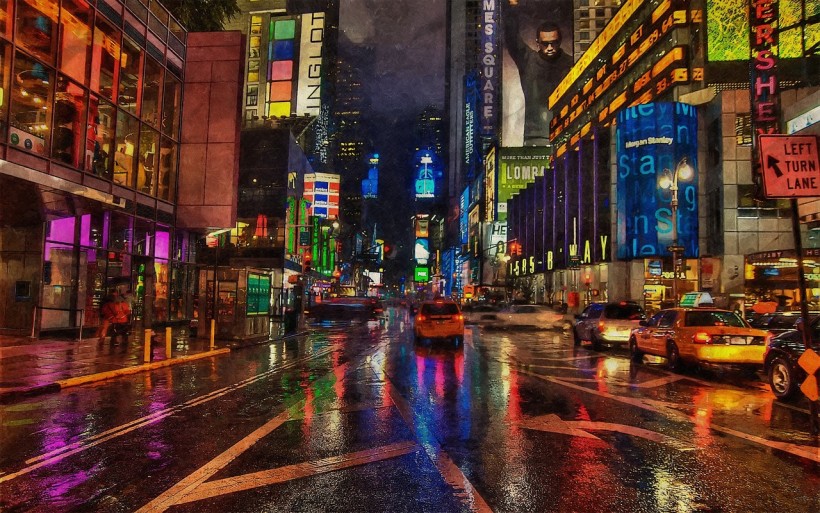Artificial light at night (ALAN) has become increasingly prevalent in our modern times due to urbanization and the widespread use of electronic devices. It can disrupt the natural day-night cycle, which regulates physiological processes like sleep patterns and hormone production. Prolonged exposure to ALAN can also have dangerous effects on human health, such as diabetes, obesity, certain types of cancer, and mental health disorders.

Dangers of Excessive Night Light Exposure
At Jeju National University College of Medicine, South Korean researchers investigated the other harmful effects of the proliferation of artificial light at night. The result of their study is discussed in the paper "Nighttime Outdoor Artificial Light and Risk of Age-Related Macular Degeneration."Previous studies discovered that artificial light can harm the retina in various ways. As light exposure damages sensitive retinal cells, it also upsets circadian rhythms and triggers hormonal changes, which could pose health risks.
In the new research, Dr. Ahnul Ha led a team of experts in analyzing data on over 126,000 South Koreans aged 50 or older. They discovered that about 4,100 of them had been diagnosed with age-related macular degeneration. Ha's group also tracked where these people lived and compared that to satellite imagery that shows light levels across South Korea at night. The residences were divided into four quartiles, ranked by how much artificial outdoor light they might be exposed to at night.
The team found that older people who live in urban areas with the highest levels of nighttime outdoor artificial light had 2.17 times the odds of developing age-related macular degeneration compared to those who live in areas with the lowest levels. This gives city dwellers a particular danger of macular degeneration.
This suggests that rising levels of artificial light also lead to an increased risk of age-related macular degeneration. This risk grew with age, with men seemingly more affected than women. The risk for vision loss remained even after they accounted for confounding factors like sleep issues and depression. Other factors, like smoking, obesity, and drinking, also seemed to strengthen the connection between outdoor artificial light at night and age-related macular degeneration.
READ ALSO: Light Pollution Makes Night Sky 10% Brighter Each Year; How Does ALAN Worsen This Problem?
What is Age-Related Macular Degeneration?
Age-related macular degeneration (AMD) is an acquired retina degeneration that causes significant impairment in central vision. It generally affects people over the age of 60 and those who are smoking, have high blood pressure and eat a diet high in saturated fat.
AMD occurs when a part of the eye's retina, the macula, deteriorates. People with this condition begin to lose their central vision, making everyday tasks like driving or reading difficult.
Common symptoms include blurry vision or distortion, where straight lines appear wavy. According to ophthalmologist Dr. Matthew Gorski from Northwell Health in New Hyde Park, New York, the symptoms of age-related macular degeneration can be anywhere from minimal to severe vision disturbance that can lead to blindness.
In 2019, almost 19.8 million (12,6%) of Americans aged 40 and older suffered from age-related macular degeneration. Of these populations, 1.49 million (0.94%) lived with vision-threatening conditions.
RELATED ARTICLE: Exposure to Artificial Light at Night "LAN" Linked to Heightened Diabetes Risk, Study Says
Check out more news and information on Light Pollution in Science Times.



![Grown Mice With Hybrid Brains Can Smell Using Rat’s Neurons [Study]](https://1721181113.rsc.cdn77.org/data/thumbs/full/53431/89/56/50/40/grown-mice-with-hybrid-brains-can-smell-using-rat-s-neurons-study.jpeg)










